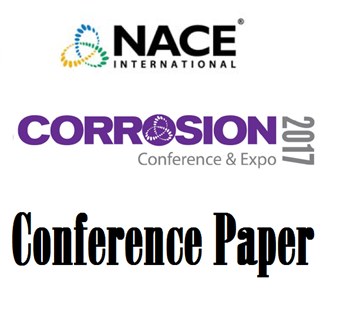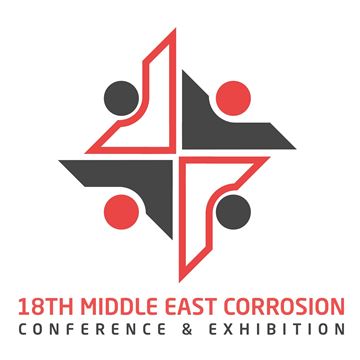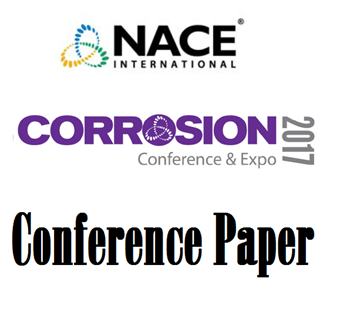Search
Individual Conference Papers
View as
Sort by
Display
per page
Effect of TEG in Corrosion Behavior of Carbon Steel Pipelines in CCS Environments
Product Number:
51324-20648-SG
Publication Date:
2024
$40.00
Effect of Temperature on Adsorption Behavior and Corrosion Inhibition Performance of Imidazoline-Type Inhibitor
Product Number:
51317--9350-SG
ISBN:
9350 2017 CP
Publication Date:
2017
$20.00
Effect of Temperature on Corrosion in Saturated Ammonium Chloride Solution
Product Number:
51324-20856-SG
Publication Date:
2024
$40.00
Effect Of Temperature On Inhibition Efficiency And Data Analysis With Different Adsorption Isotherms
Product Number:
51322-17895-SG
Publication Date:
2022
$20.00
Effect of Temperature on Iron Sulfide Formation and Transformation on Steel Surface
Product Number:
MECC23-19971-SG
Publication Date:
2023
$20.00
Effect of Temperature on the Corrosion Performance of UNS K91560 Steel in the Partial Upgrading of Oilsands Bitumen
Product Number:
51323-19450-SG
Publication Date:
2023
$20.00
Effect of the Austenite Spacing in Duplex Stainless Steel on the Sour Cracking Resistance
Product Number:
51324-20655-SG
Publication Date:
2024
$40.00
Effect of the Substitution of Ni by N and Mn in Lean Duplex Stainless Steels on SCC Assisted by H2S
Product Number:
51317--8943-SG
ISBN:
8943 2017 CP
Publication Date:
2017
$20.00
Effect of the Superduplex Microstructure on the Hydrogen Embrittlement Susceptibility
Product Number:
51319-13062-SG
Publication Date:
2019
$20.00
Effect Of Thermal Aging On The Microstructure And Mechanical Properties Of High-Ni And Ni-Base Alloys
Product Number:
ED22-17125-SG
Publication Date:
2022
$20.00
Effect of Thiosulfate on Metastable Pitting in Chloride Containing Environment
Product Number:
51315-5971-SG
ISBN:
5971 2015 CP
Publication Date:
2015
$20.00
Effect of Thiosulfate on the Pitting Corrosion of Nickel Base Alloys in Chloride Solutions
Product Number:
51317--9036-SG
ISBN:
9036 2017 CP
Publication Date:
2017
$20.00












